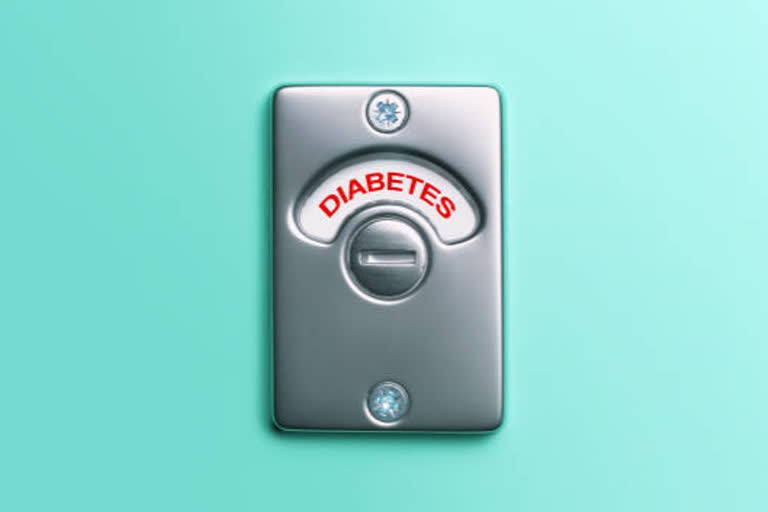Hyderabad: Taking a personalized approach to kidney disease screening for people with type 1 diabetes (T1D) may reduce the time that Chronic Kidney Disease (CKD) goes undetected, according to a new analysis performed by the Epidemiology of Diabetes Interventions and Complications study group, which is funded by the National Institute of Diabetes and Digestive and Kidney Diseases (NIDDK), part of the National Institutes of Health. The finding, published in Diabetes Care, provides the basis for the first evidence-based kidney screening model for people with T1D.
Current CKD screening recommendations include annual urinary Albumin Excretion Rate (AER) testing for anyone who has had T1D for at least five years. Albumin is a protein found in the blood and having too much albumin in the urine is a sign of kidney disease. The new findings suggest that AER screening could be personalized to optimize testing frequency and early detection of CKD. Specifically, people with T1D who are at low risk of developing CKD could be tested for AER less frequently to reduce burden and cost, and those at high risk for CKD could be tested more frequently to facilitate earlier CKD detection.
Also read: Super-strong immune system helps a person survive 12 tumours: Study
People with T1D have an estimated 50% risk of developing CKD over their lifetime. CKD can progress to kidney failure, requiring dialysis or a kidney transplant. Using more than 30 years of participant data of AER and HbA1c (an integrated measure of blood glucose) from 1,334 participants in the NIDDK-funded Diabetes Control and Complications Trial (DCCT) and the observational follow-up Epidemiology of Diabetes Interventions and Complications (EDIC) study, the study group identified three levels of CKD risk that were associated with a later CKD diagnosis. They then developed a model to estimate the optimal screening intervals for people with T1D to detect CKD at its earliest stages.
According to the model’s findings: People with AER of 21-30 mg per 24 hours and a HbA1c of at least 9% are at high risk for developing CKD and could be screened for urine albumin every six months. This screening frequency could reduce time with undetected kidney disease so that appropriate interventions can be instituted as early as possible. Those with AER ≤ 10 mg per 24 hours and a HbA1c ≤ 8% are at lower risk for developing CKD and could be screened every two years. This change reduces patient burden and potentially saves millions of dollars compared to annual screening. All others with T1D ≥ 5 years could continue to be screened annually.
The DCCT, which took place from 1983 to 1993, found that, for people with T1D, keeping blood glucose levels close to normal greatly reduced the chances of developing eye, kidney, and nerve disease. Its follow-up study, EDIC, began in 1994 to explore how diabetes affects the body over time and the long-term benefits of early and intensive blood glucose control in the development of later diabetes complications.



